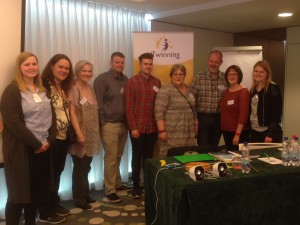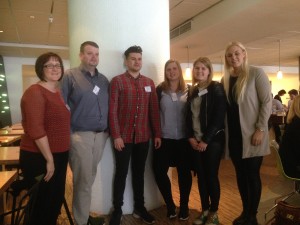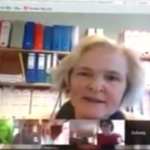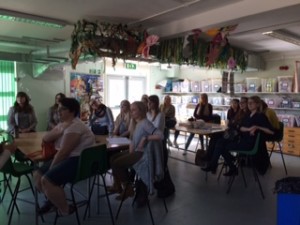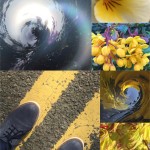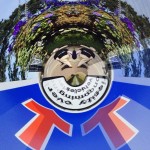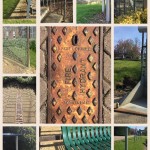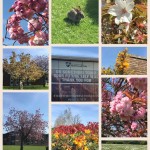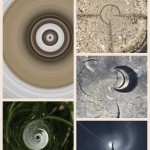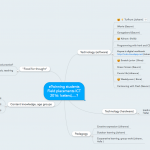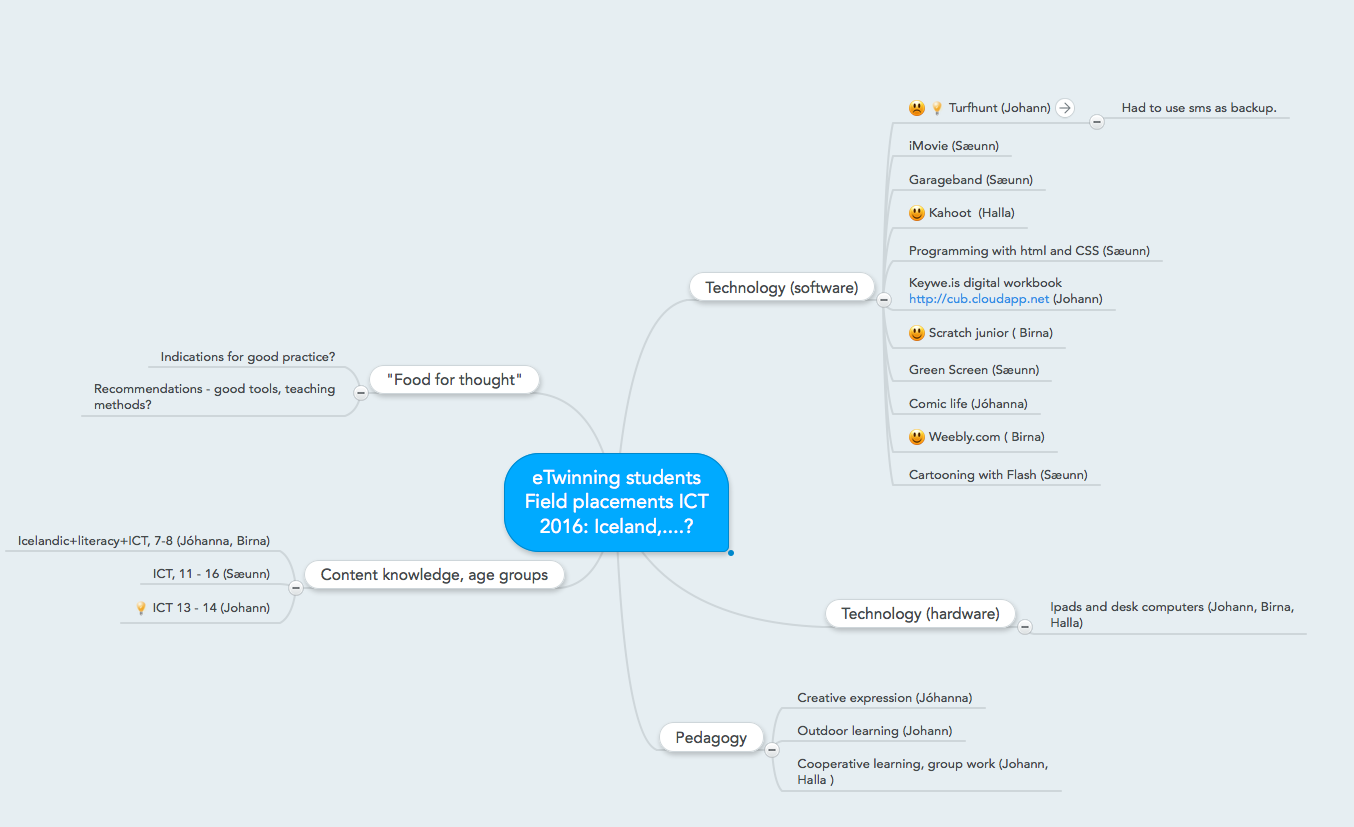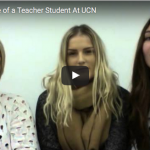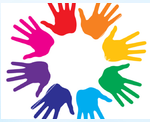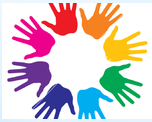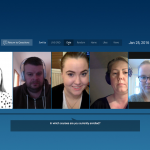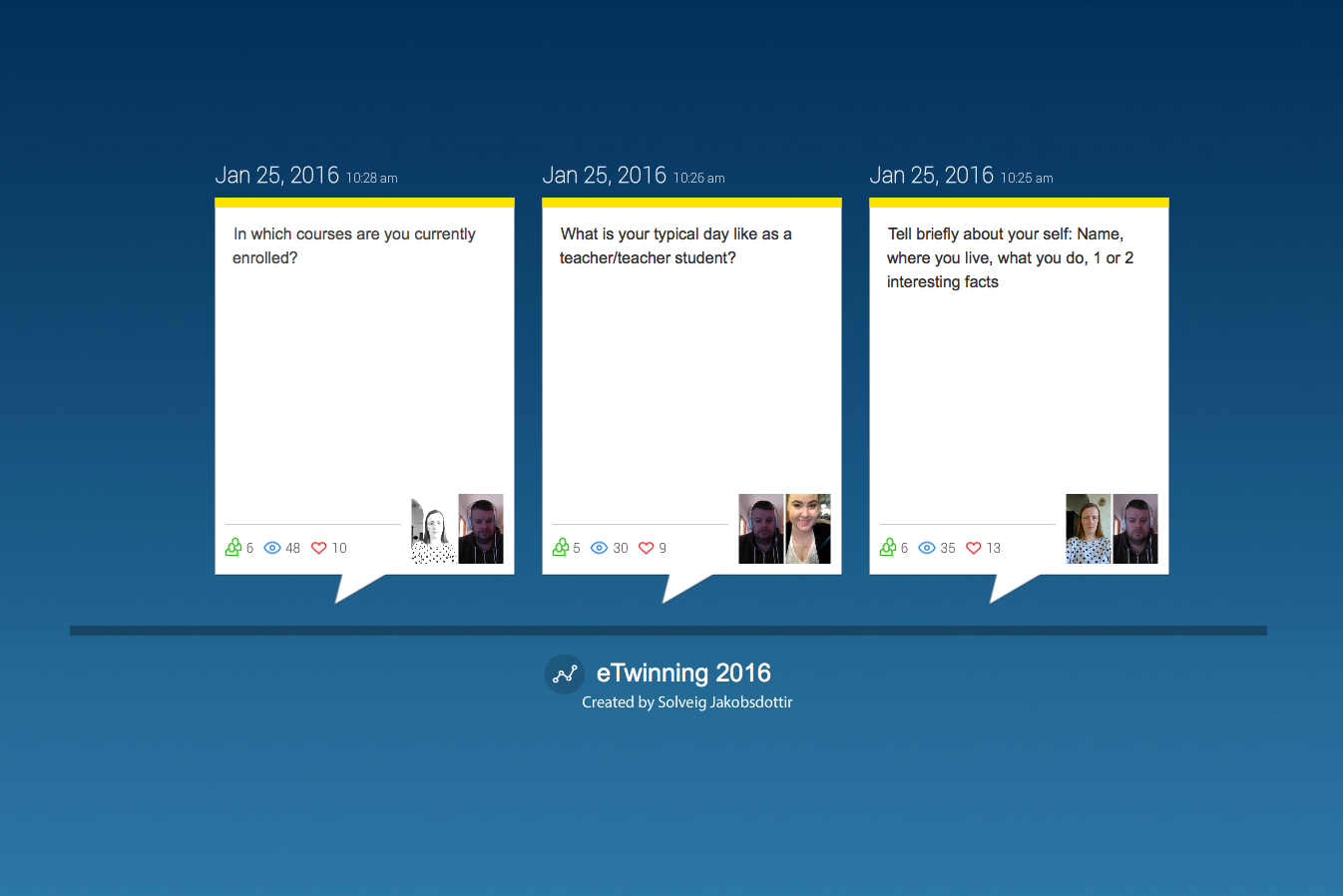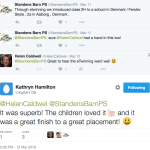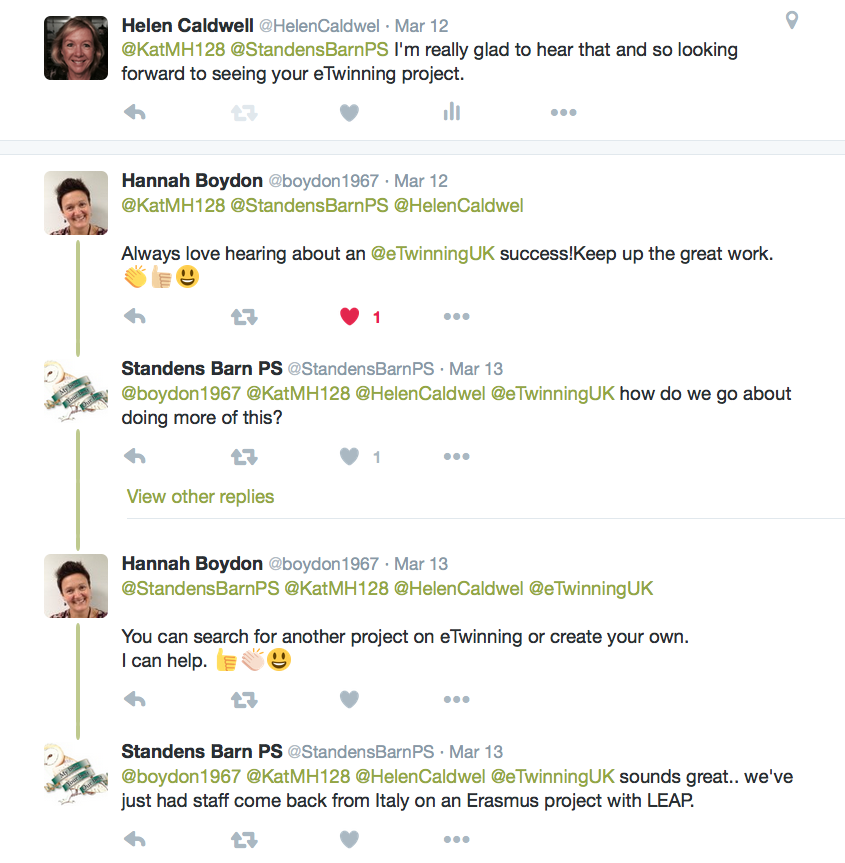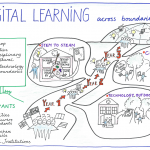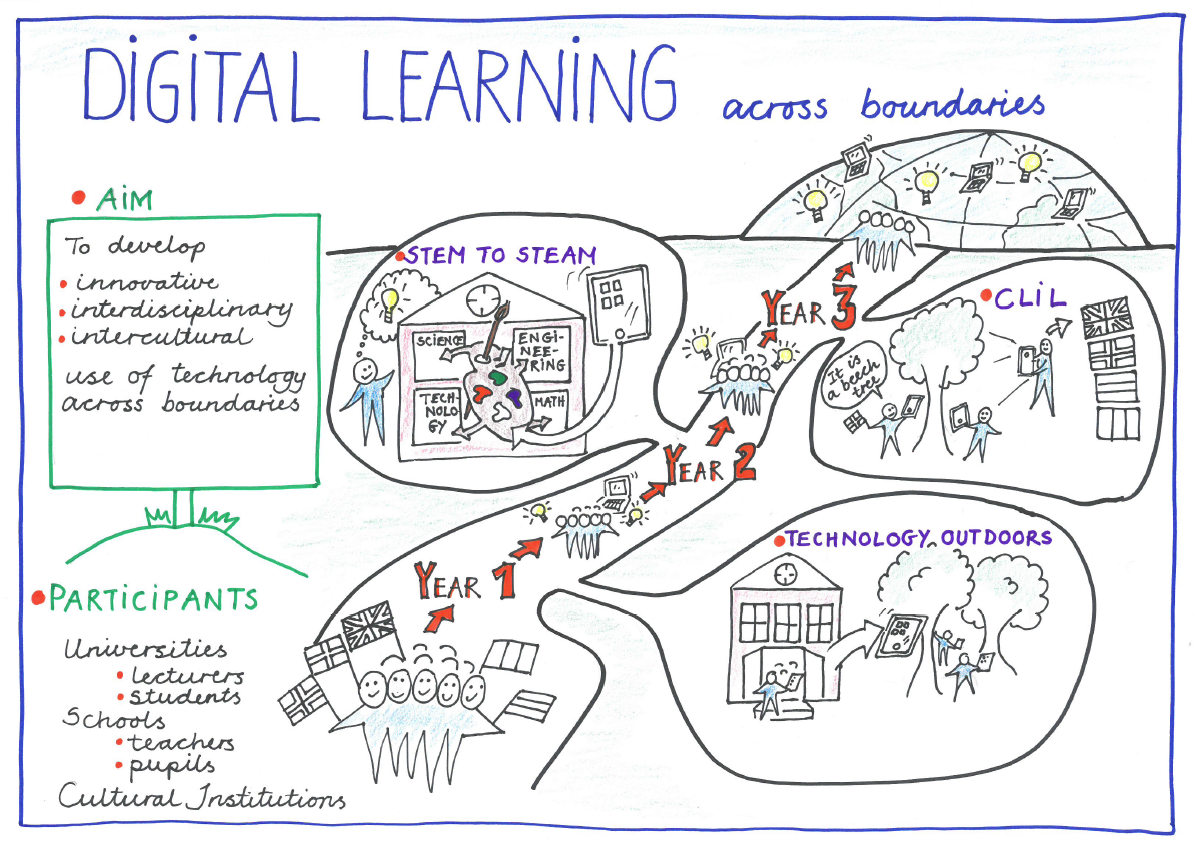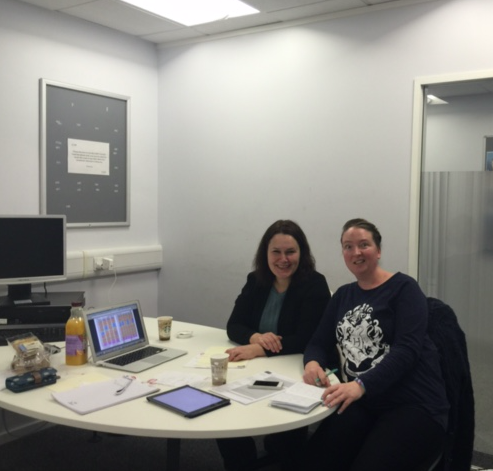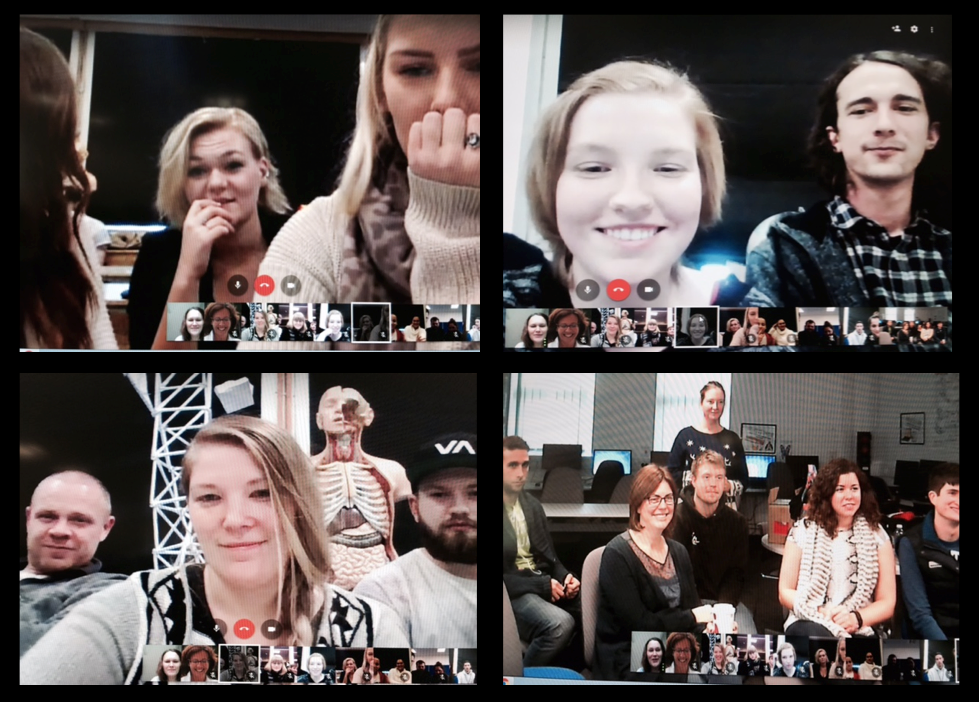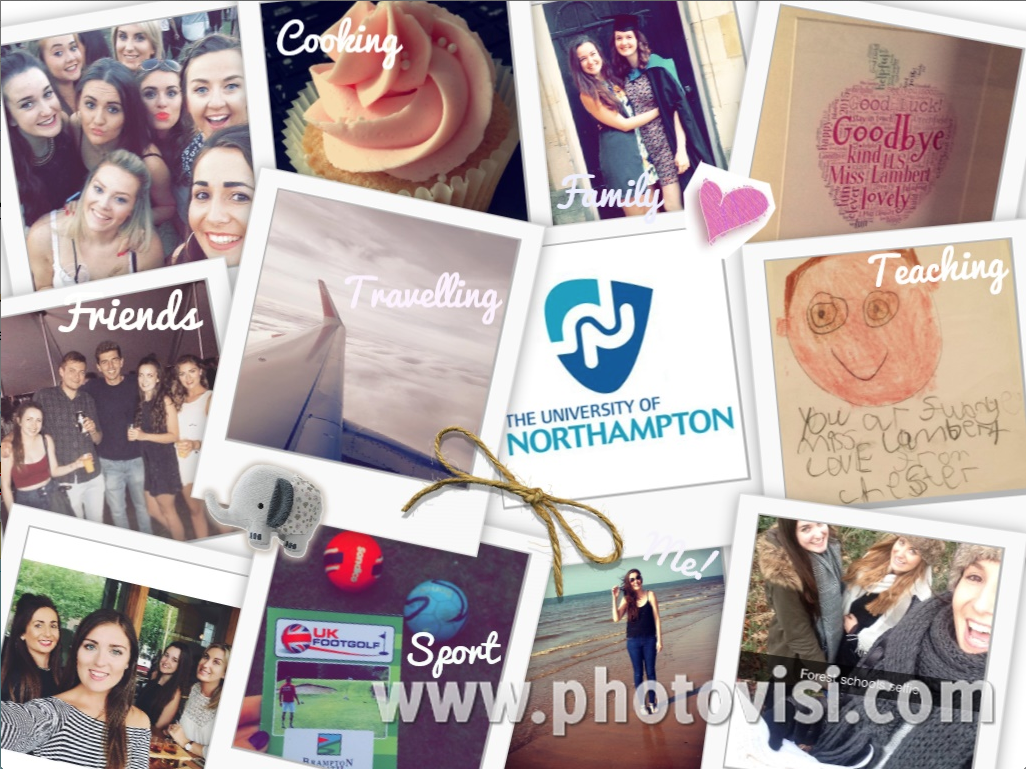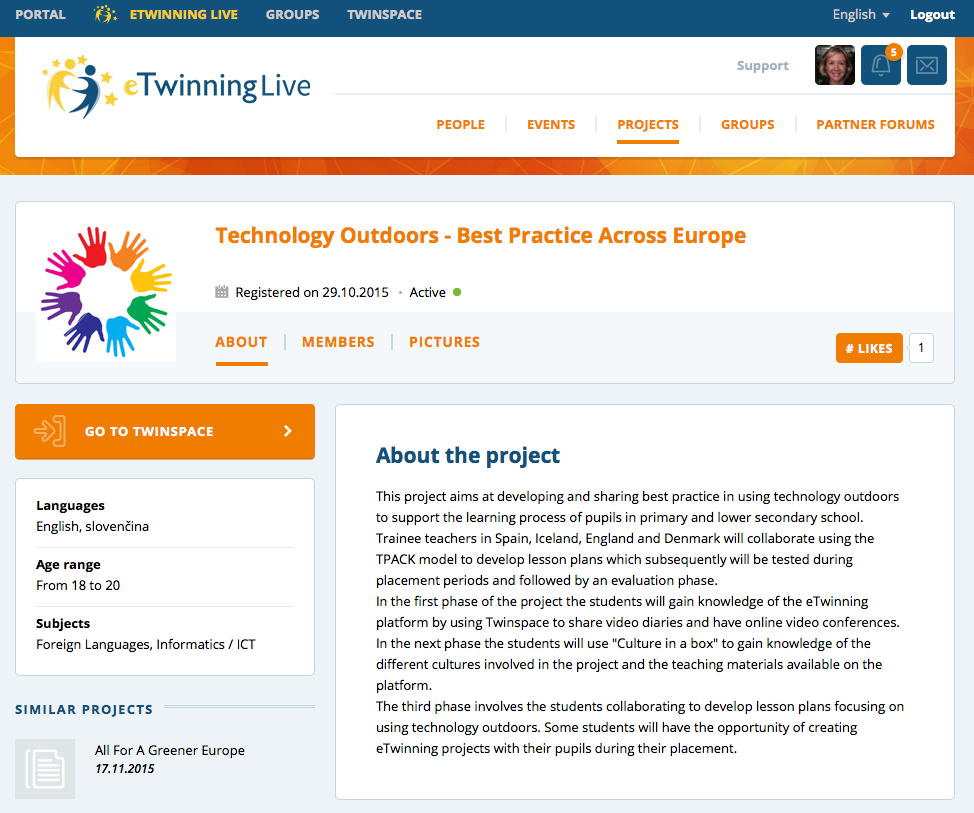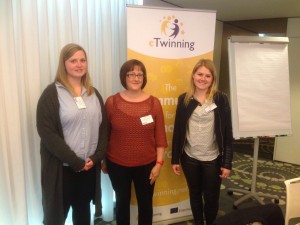 We joined the eTwinning meeting in Brussels last week to discuss how eTwinning is going to move to the next level past pilot projects. We were able to discuss our successful project trainee teacher & classroom to trainee teacher & classroom, which hadn’t been done before. We showed and discussed in our groups the project that Louise, Kathrine and myself had developed, using Roahl Dahls ‘George’s Marvellous Medicine’ as the focal point of our project. By attending the meeting we were able to discuss the next steps to creating further projects together. As well as meeting new contacts from the eTwinning community to forge new projects with them too. We also shared the fact that by doing this eTwinning project aided me in securing my first teaching post for September 2016. Employability and eTwinning come together!
We joined the eTwinning meeting in Brussels last week to discuss how eTwinning is going to move to the next level past pilot projects. We were able to discuss our successful project trainee teacher & classroom to trainee teacher & classroom, which hadn’t been done before. We showed and discussed in our groups the project that Louise, Kathrine and myself had developed, using Roahl Dahls ‘George’s Marvellous Medicine’ as the focal point of our project. By attending the meeting we were able to discuss the next steps to creating further projects together. As well as meeting new contacts from the eTwinning community to forge new projects with them too. We also shared the fact that by doing this eTwinning project aided me in securing my first teaching post for September 2016. Employability and eTwinning come together!
